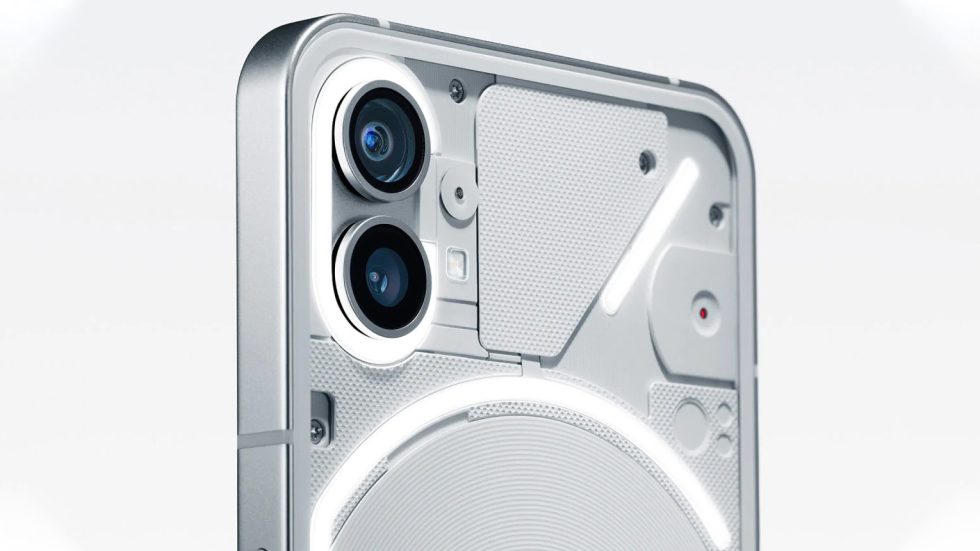
Enlarge / The Nothing Phone (1) basically bets the farm that you'll instantly fall in love with this back design. If you don't, there's not much else to see. (credit: Nothing)
The company "Nothing" is the latest startup to try to make something of itself in the smartphone market. The company is led by Carl Pei, the co-founder and former director of OnePlus, and Nothing seems mostly intent on retreading the early OnePlus playbook—just eight years later. So meet the "Nothing Phone (1)," a device being sold in limited quantities, mostly by invitation or via "limited partner drops" that are seemingly designed to generate long lines. The parenthetical smartphone was officially announced today with lots of hype, thanks to Pei's trademark "slow drip-feed of information" strategy over the last few months.
The phone is not being sold in the US and is instead focusing on Europe, India, and China. It has a 120 Hz, 6.55-inch, 2400×1080 OLED display, a Snapdragon 778G+ SoC, 8GB of RAM, 128GB of storage, and a 4500 mAh battery with 33 W charging. The lower-tier screen specs and Snapdragon 778G+ make this a mid-range phone, with four 2.5 GHz ARM Cortex A78 CPUs and four 1.8 GHz Cortex A55 CPUs built on a 6 nm process with an Adreno 642L GPU. The price for the Nothing Phone (1)—399 pounds/469 euros (about $474)—seems about in line with what other companies charge for Snapdragon 778G devices.
You get two rear cameras, a 50 MP Sony IMX766 main camera and a 50 MP Samsung ISOCELL JN1 ultrawide, while the front is a 16 MP Sony IMX471. There's an in-screen optical fingerprint reader, Wi-Fi 6E compatibility, wireless charging, and an "IP53" dust and water-resistance rating, which means it shouldn't be damaged from a few splashes but can't handle submersion in water. The phone comes with Android 12, three years of major OS updates, and four years of security patches that arrive "every two months" instead of at the standard monthly cadence.
Read 2 remaining paragraphs | Comments
from Tech – Ars Technica https://ift.tt/kdplvZ1

No comments:
Post a Comment